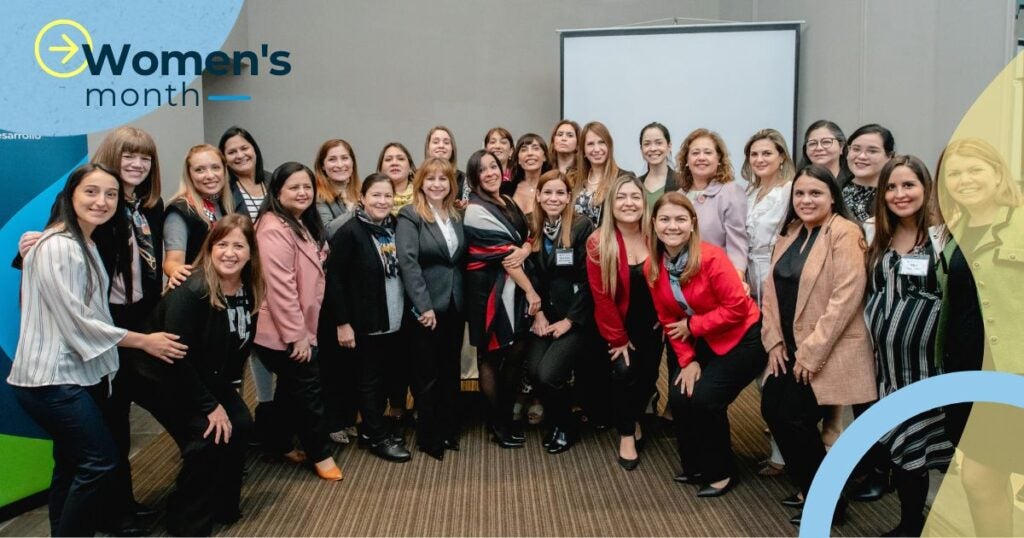Global Gender Gaps It's been 29 years since the Fourth World Conference on Women, held in Beijing in 1995. As part of the Beijing Declaration and Platform for Action, 189 countries proclaimed to seek "the empowerment of women and their full participation on equal terms in all spheres of society, including decision-making and access to power." However, in the midst of … [Read more...] about Paraguayan Women: Leaders of the Present
liderazgo femenino
Care and Support: Persisting Challenges in the Region
Why was an International Day of Care and Support established? All people require care and support at some point in their lives. As defined by UN Women and ECLAC (2020), care encompasses various daily tasks that sustain life. This includes maintaining the household, caring for bodily needs, education, managing social relationships, and providing psychological support to the … [Read more...] about Care and Support: Persisting Challenges in the Region
Breaking Barriers: Outstanding Results from Gender Parity Accelerators in Latin America
In 2016, the Inter-American Development Bank (IDB) and the World Economic Forum (WEF) partnered to develop Gender Parity Accelerators (IPGs, for its name in Spanish) in Latin America. The French Development Agency (AFD, for its name in Spanish) joined this collaboration in 2019. IPGs brings together key actors from the public and private sectors and involves a wide range of … [Read more...] about Breaking Barriers: Outstanding Results from Gender Parity Accelerators in Latin America
Gender Parity Accelerators in Latin America: Boosting Opportunities for Women
Closing gender economic gaps not only equalizes the playing field between men and women. Gender parity also allows for harnessing 100% of the population's talent to accelerate the growth of Latin America and the Caribbean. According to estimates from the Inter-American Development Bank (IDB), for countries in the Southern Cone, closing the gender economic gap implies an … [Read more...] about Gender Parity Accelerators in Latin America: Boosting Opportunities for Women
Redefining work and family life: the impact of teleworking on the gender gap
The new dynamics of teleworking have left a deep impression on our lives. This has altered the way we work and distribute responsibilities at home. Events that generate changes in employment, such as the COVID-19 pandemic, have impacted gender roles, paid and unpaid work. A data analysis of Costa Rica and El Salvador reveals recent transformations in the gender gap regarding … [Read more...] about Redefining work and family life: the impact of teleworking on the gender gap





